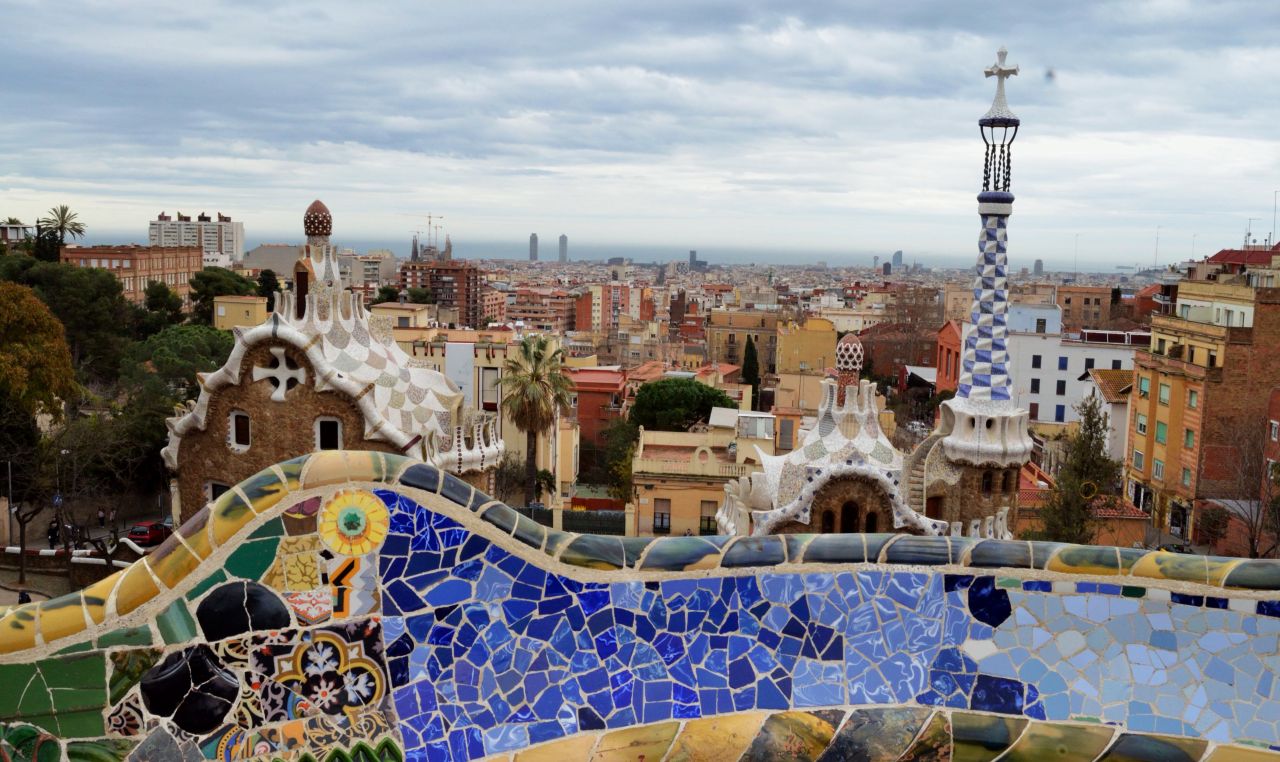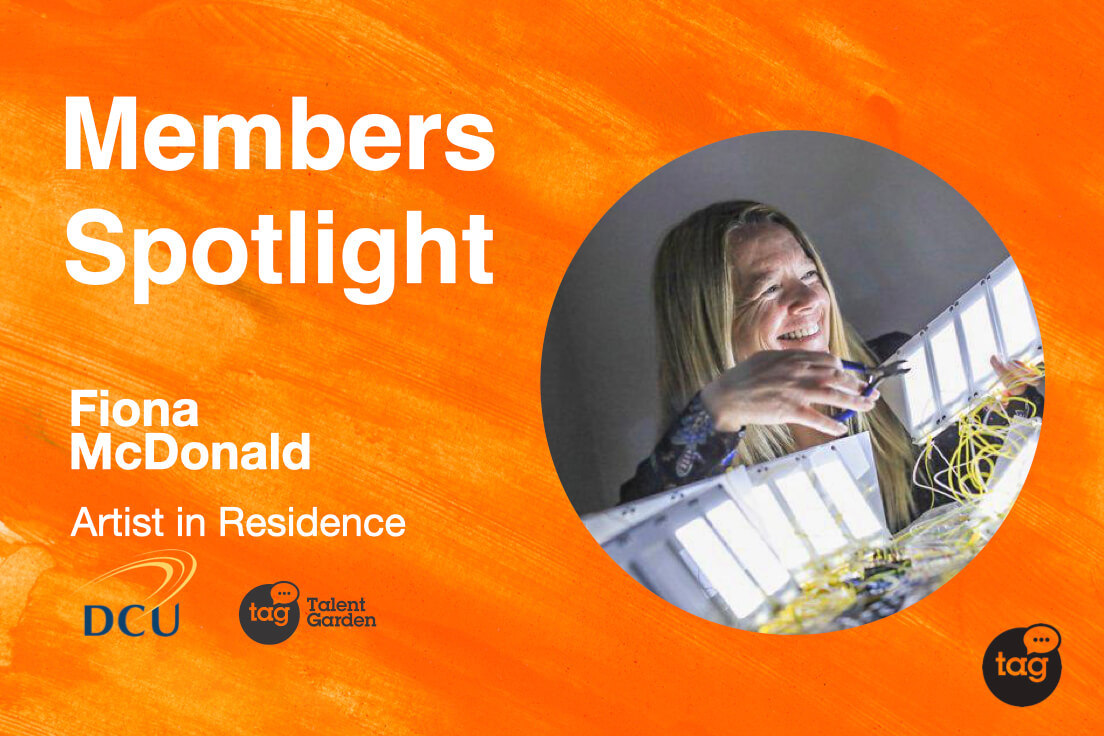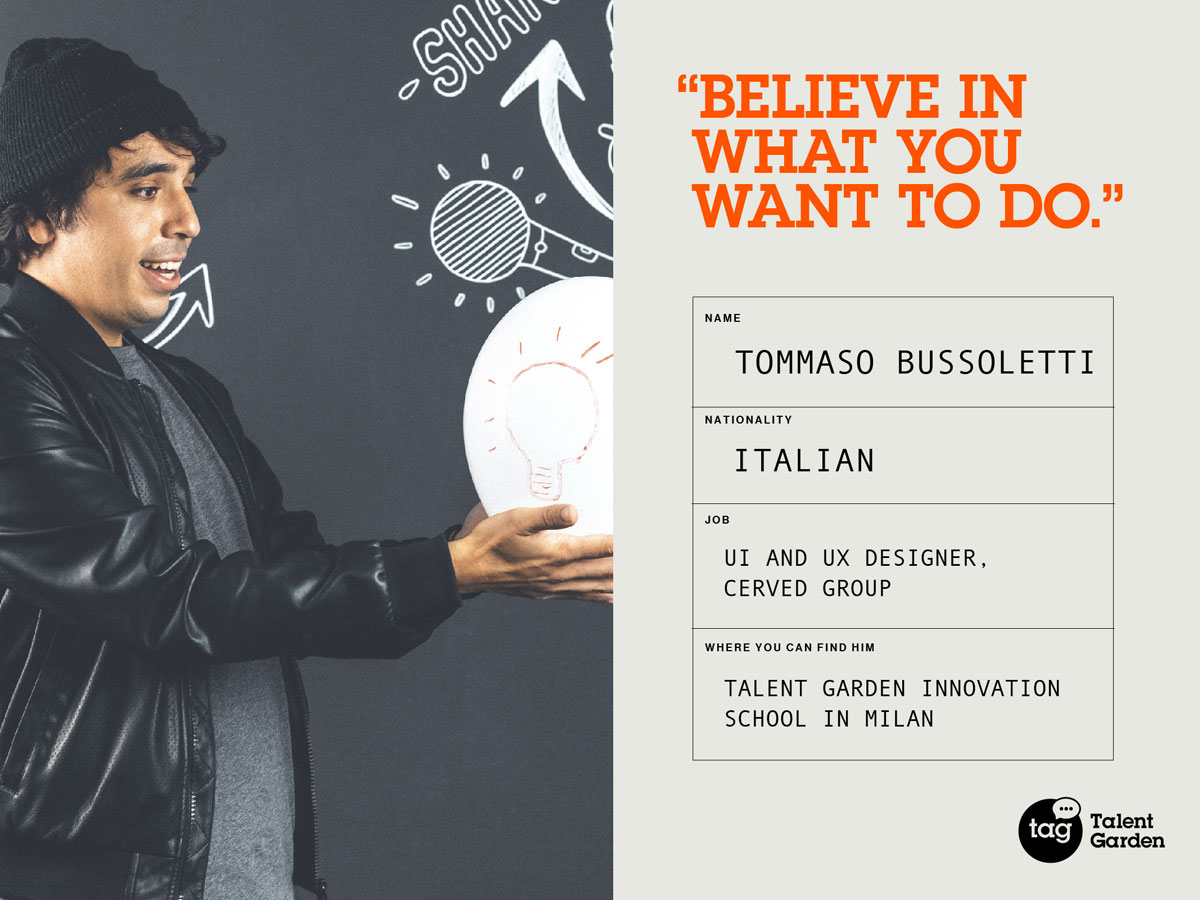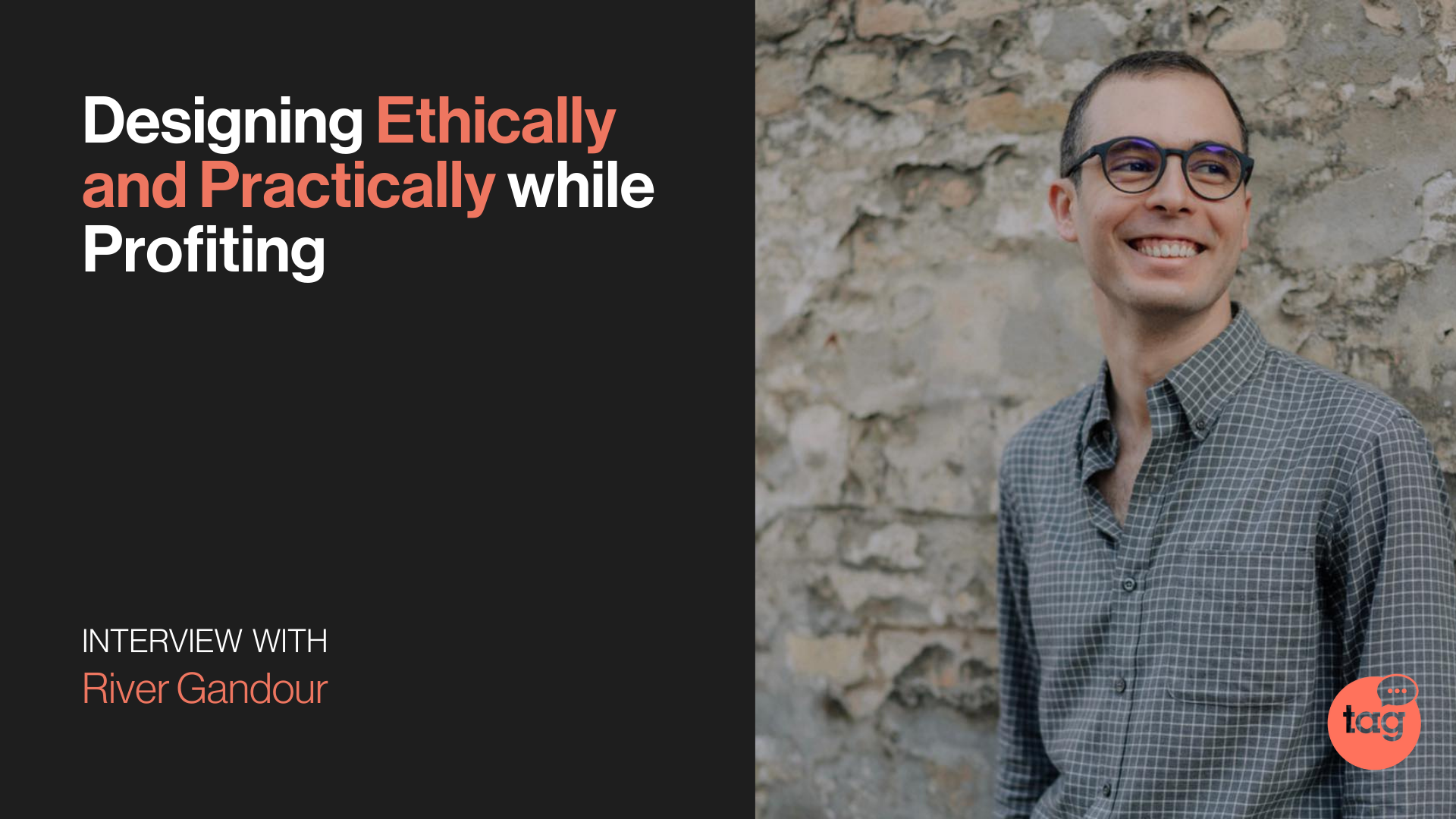

Don't you want to read? Try listening to the article in audio mode 🎧
Whether you’re a modernist art aficionado or simply someone who enjoys the outdoors, there is no better way to spend a day than marveling at the incredible mosaic masterpiece of Antoni Gaudí’s Park Güell.
Located in Carmel Hill, Barcelona, Park Güell is home to numerous gardens and architectonic features. Built during the years 1900-1914, Park Güell was created on the premise of the Modernism art movement which dominated the city during this time period. Also known as Catalan modernism, this genre primarily encapsulated architecture in addition to art and literature. Due to the Universal Art Exhibition of 1888, Barcelona was revealed as a dynamic city exploding with urbanism and artistic promise, which ultimately led to the success of the modernism art movement.
Therefore Park Güell was a result of this movement and created in collaboration between entrepreneur Eusebi Güell and architect Antoni Gaudí. Güell discovered Gaudí at the 1878 Universal Art Exhibition in Paris, when he came across a window display Gaudí had designed for luxury glove retailer Esteve Comella. After stumbling upon Gaudí’s work, that same year Güell commissioned him to create furniture for the pantheon chapel at the Palau de Sobrellano in Comillas, Spain for his father-in-law. In the following years, Gaudí was commissioned to create numerous other works, many of which have become landmark features of Barcelona.
Eight years after being discovered, Gaudí was instructed by Güell to build his new house, the Palau Güell. Located in Nou de la Rambla street in the old quarter of the city, the mansion features ornate walls and ceilings, and centers around a main room used for entertaining guests of the elite class. In the years preceding his construction of Park Güell, Gaudí built a winery in Garraf county in collaboration with Francesc Berenguer, and planned the church for Colònia Güell. Finally in the year 1900, Gaudí was given the assignment of designing and constructing Park Güell.
Initially the park was built on the premise that people would buy plots in order to fund its creation. However in 1914, a lack of buyers led to the completion of only two of the initially planned sixty houses and forced Güell to convert the park into large private garden used for public events. Yet despite its apparent abandonment, it began to appear in Barcelona tourist guide books as one of the attractions of the city.
When Eusebi Güell died in 1918, the park was purchased by the City Council on May 26th 1922, and in 1926 was opened as a municipal park. Park Güell was recognised as an artistic monument in 1969 and declared a UNESCO World Heritage Site in 1984. Nowadays, Park Güell welcomes over 9 million people each year. This massive number is a clear indication of the park’s prominent status in Barcelona and is an impeccable example of one of Gaudí’s striking masterpieces.
If you are a digital nomad and happen to have a few spare hours during your time here, be sure to make a stop at Park Güell and enjoy the incredibly architectural views brought to you by Barcelona's own Antoni Gaudí.
Article updated on: 09 August 2023

Don't Waste Your Talent. Turn It Into a Career With a Course That Fits Your Needs!
Talent Garden is your Digital Skills Academy, offering courses in Digital Marketing, UX Design, Digital HR and Data Analysis designed to launch your career.
Keep reading

7
min read
Creativity In the World of IoT: Discovering Where Art and Engineering Collide
Fiona McDonald is a Dublin based interdisciplinary artist and currently an Artist in Residence in Innovation and ...
Talent Garden
11/06/2021

2
min read
Meet our Community: Tommaso Bussoletti, UI & UX Designer at Cerved Group
“Believe in what you want to do.” Tommaso Bussoletti UI/UX Designer at Cerved Group and Talent Garden Innovation School ...
Talent Garden
08/12/2019

13
min read
Designing Ethically and Practically while Profiting interview with River Gandour
River, can you tell us about yourself? I made games and animations for my classmates during high school, at the time I ...
Talent Garden
01/12/2020

5
min read
The best tools for Social Media Managers in 2023
Social Media Managers are professionals with multidisciplinary skills who work in the field of Digital Marketing and ...
Talent Garden
27/06/2022
